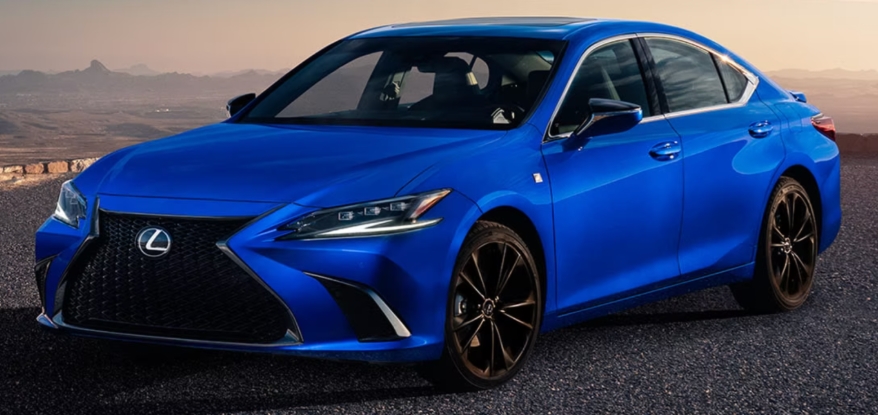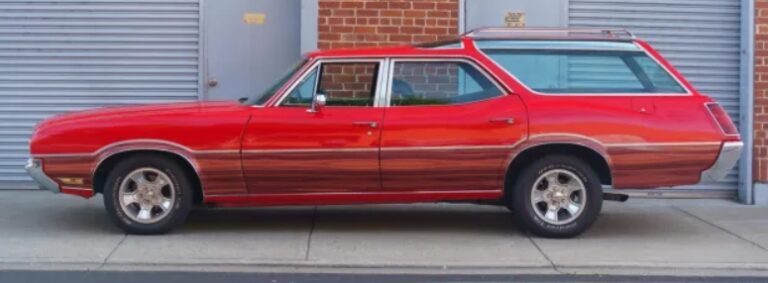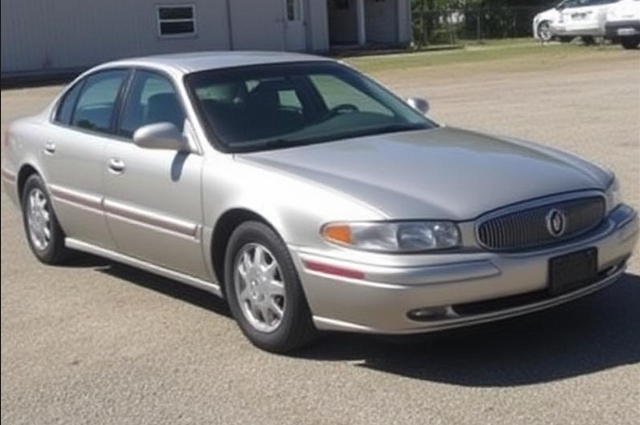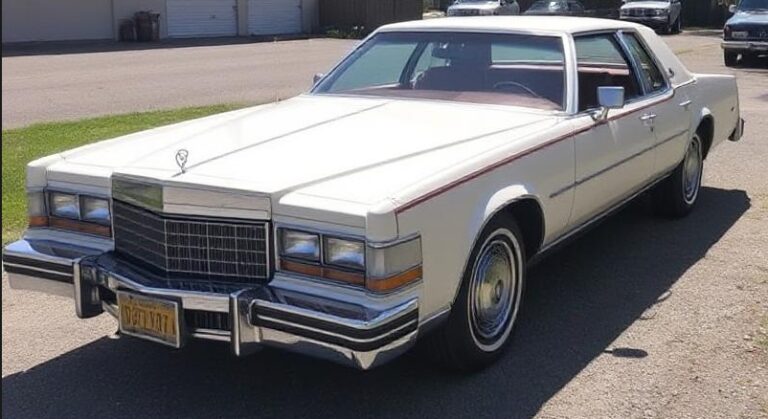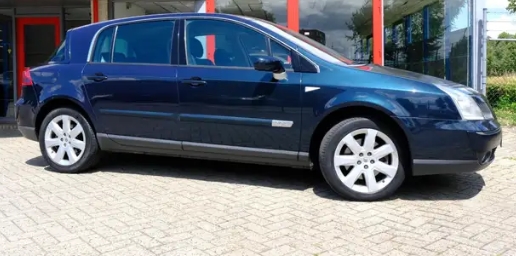The Evolution of Lexus ES, IS, and LS: A Comprehensive Overview
Luxury sedans have long been a hallmark of automotive innovation, comfort, and prestige. Among the most prominent names in this segment are Lexus’ ES, IS, and LS models. Since their inception, these vehicles have undergone significant transformations, reflecting technological advancements, changing consumer preferences, and shifting automotive trends. This article provides a detailed overview of the evolution of the Lexus ES, IS, and LS, including production years, model generations, and the various trim levels offered over the years.
Lexus ES: The Comfort-Focused Sedan
Introduction and Early Years (1990–2001)
- First Generation (V20, 1990–1996):
Launched in 1990, the Lexus ES first appeared as a rebadged version of the Toyota Camry Prominent/Carina, primarily aimed at North American and Japanese markets. It featured a 2.5L 4-cylinder engine (2MZ-FE) and offered a smooth ride emphasizing comfort. Trim levels included base models with standard features, with options such as leather seats and sunroofs emerging in later years. - Second Generation (XV10, 1996–2001):
Introduced in 1996, the second-generation ES was larger and more luxurious. It maintained the same engine platform but introduced a 3.0L V6 (1MZ-FE). Trim levels expanded to include standard, Premium, and Limited trims, with added features like JBL audio, leather upholstery, and wood trim.
Mid-Generation Updates and New Generations
- Third Generation (XV20, 2001–2006):
Debuted in 2001, this generation marked a significant shift toward a more refined design and enhanced ride quality. It offered a 3.0L V6 and, later, a hybrid version (2006). Trim levels included Base, Premium, Touring, and Limited, with features such as navigation systems, premium audio, and advanced safety features. - Fourth Generation (XV40, 2006–2012):
Launched in 2006, the XV40 ES introduced a more modern design and a focus on fuel efficiency with the hybrid model (2006–2012). Trim levels included standard, Premium, and Ultra Luxury, with options like Mark Levinson audio, wood trim, and advanced safety technology. - Fifth Generation (XV60, 2018–present):
After a brief hiatus, the ES returned in 2018 with a new platform, emphasizing comfort, technology, and hybrid efficiency. It offers three main trim levels: - ES 250/350: Base trims with standard features.
- ES 300h: Hybrid variant with eco-friendly features.
- F Sport: Sportier styling and handling features, available across the lineup.
Lexus IS: The Sporty Performer
Initial Launch and Early Models (1999–2005)
- First Generation (XE10, 1999–2005):
The Lexus IS debuted in 1999 as a compact luxury sedan targeting the BMW 3 Series and Mercedes-Benz C-Class. It was available with a 2.0L inline-4 (2AZ-FE) and a 3.0L V6 (1MZ-FE). Trim levels included standard, Premium, and Sport packages, with options such as sport suspension, leather upholstery, and premium audio.
Subsequent Generations and Variants
- Second Generation (XE20, 2005–2013):
Launched in 2005, the second-generation IS brought sharper styling, improved dynamics, and new engines. It introduced a 2.5L hybrid (IS 300h in some markets) and offered models such as IS 250, IS 350, and later, the high-performance IS F (2008–2014). - Trim levels included:
- Base: Standard features, cloth or leather seats.
- F Sport: Sport-tuned suspension, unique styling cues, and sport seats.
- Luxury packages: Upgraded audio, navigation, and interior trims.
- Third Generation (XE30, 2013–2020):
The latest generation debuted in 2013 with a more aggressive design and advanced technology. It featured a new 2.0L turbocharged four-cylinder option (IS 200t/300), 3.5L V6 (IS 350), and a hybrid (IS 300h). - Trim levels included:
- Base: Equipped with standard features.
- F Sport: Enhanced handling, sportier appearance, and interior accents.
- Luxury: Additional comfort and technology features, including Mark Levinson audio.
Special Editions and Performance Models
- The IS F (2008–2014) was the high-performance flagship, powered by a 5.0L V8 (5FSE) producing 416 horsepower, with sport-tuned suspension and aggressive styling.
Lexus LS: The Flagship Luxury Sedan
Origins and Early Models (1990–2000)
- First Generation (XF10, 1990–2000):
The Lexus LS first appeared in 1990 as a flagship model competing with Mercedes-Benz S-Class and BMW 7 Series. It featured a 4.0L V8 (1UZ-FE) engine, with a focus on ride comfort, advanced technology, and craftsmanship. Trim levels were relatively straightforward, emphasizing luxury features, with options like leather, wood trim, and advanced safety.
Advancements and New Generations
- Second Generation (XF20, 2000–2006):
Launched in 2000, the LS 430 featured a 4.3L V8 (3UZ-FE), improved ride quality, and more technology. Trim levels included Standard, Ultra Luxury, and Sport packages. - Features: Adaptive cruise control, Mark Levinson audio, and refined interior materials.
- Third Generation (XF40, 2006–2017):
The third-generation LS, introduced in 2006, offered a new 4.6L V8 (2UR-FSE) and later a hybrid variant (LS 600h, 2007–2017). It emphasized technological innovation, including a hybrid system combining a V8 engine with electric motors, and all-wheel steering in some models. - Trim levels:
- Standard: Focused on luxury and comfort.
- Ultra Luxury: Included features like massage seats, premium audio, and bespoke interior options.
- F Sport: Sport-tuned suspension and styling, introduced in later years.
- Fourth Generation (XF50, 2018–present):
The latest LS debuted in 2017 as a 2018 model, built on the new GA-L platform. It features a 3.5L twin-turbo V6 hybrid powertrain (LS 500h) and a twin-turbocharged 3.4L V8 in the LS 500. It emphasizes technological sophistication, comfort, and driver assistance systems. - Trim levels include:
- Base: Standard luxury features.
- F Sport: Sport-oriented styling and handling.
- Ultra Luxury: Enhanced amenities like premium audio, interior upgrades, and advanced safety features.
We LOVE cars & cruising around, but sometimes day trips to explore new cities are required (with family or friends) for a spice of variety in your life!
So GO explore!
Cruises & Day/Night City Tours to: Baltimore, Boston, Chicago, Marina Del Ray, New York, Niagara, Philadelphia, San Diego, San Francisco, Toronto, Washington DC, etc.:

.
Summary of Model Evolution and Trim Offerings
| Model | Years Produced | Notable Generations | Key Engines | Common Trim Levels | Special Editions |
|---|---|---|---|---|---|
| Lexus ES | 1990–present | V20, XV10, XV20, XV40, XV60 | 2.5L I4, 3.0L V6, Hybrid, 3.5L V6 | Base, Premium, Luxury, F Sport, Ultra Luxury | Hybrid variants, Special editions |
| Lexus IS | 1999–present | XE10, XE20, XE30 | 2.0L I4, 2.5L hybrid, 3.5L V6, 5.0L V8 (F) | Base, F Sport, Luxury, F Sport Performance | IS F, special editions |
| Lexus LS | 1990–present | XF10, XF20, XF40, XF50 | 4.0L V8, 4.3L V8, 4.6L V8, V6 hybrid | Standard, Ultra Luxury, F Sport | LS F, LS 600h Hybrid |
Conclusion
The Lexus ES, IS, and LS have each evolved to meet the diverse needs of luxury vehicle buyers, balancing comfort, performance, and technological innovation. The ES has grown from a comfortable, Camry-based sedan into a refined, hybrid-focused flagship emphasizing ride quality and reliability. The IS has maintained its sporty character, continually adapting with turbocharged engines, hybrid powertrains, and performance variants like the F series. The LS has stood as Lexus’ flagship, showcasing cutting-edge technology, craftsmanship, and powerful hybrid systems, competing with the best in the luxury segment.
Throughout their histories, these models have expanded their trim levels and feature offerings, reflecting Lexus’ commitment to providing a broad spectrum of luxury options—from entry-level comfort to high-performance and ultra-luxury configurations. As Lexus continues to innovate, these models are poised to remain central to the brand’s identity and success, blending tradition with forward-looking technology.
